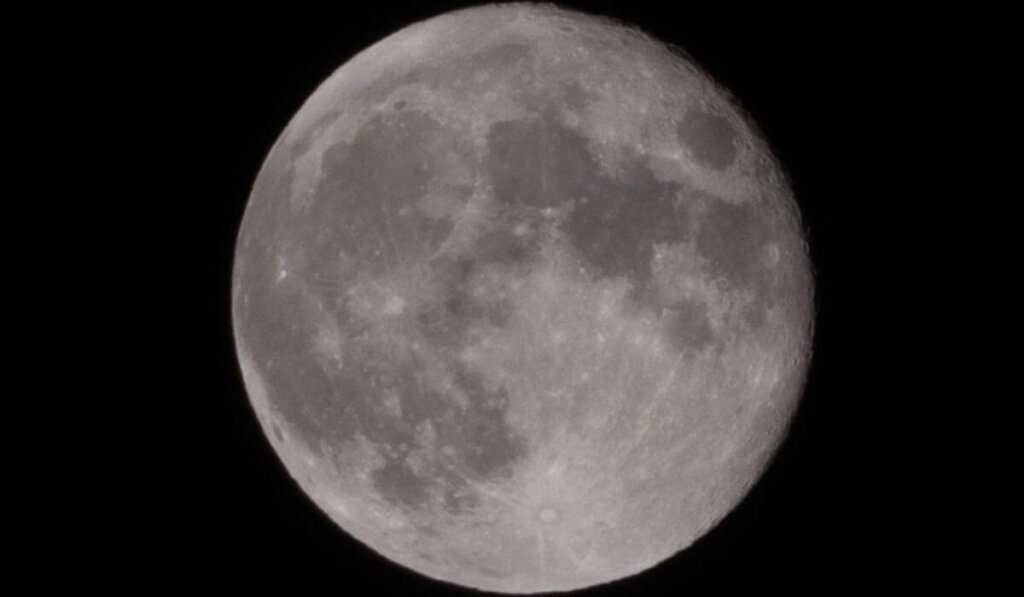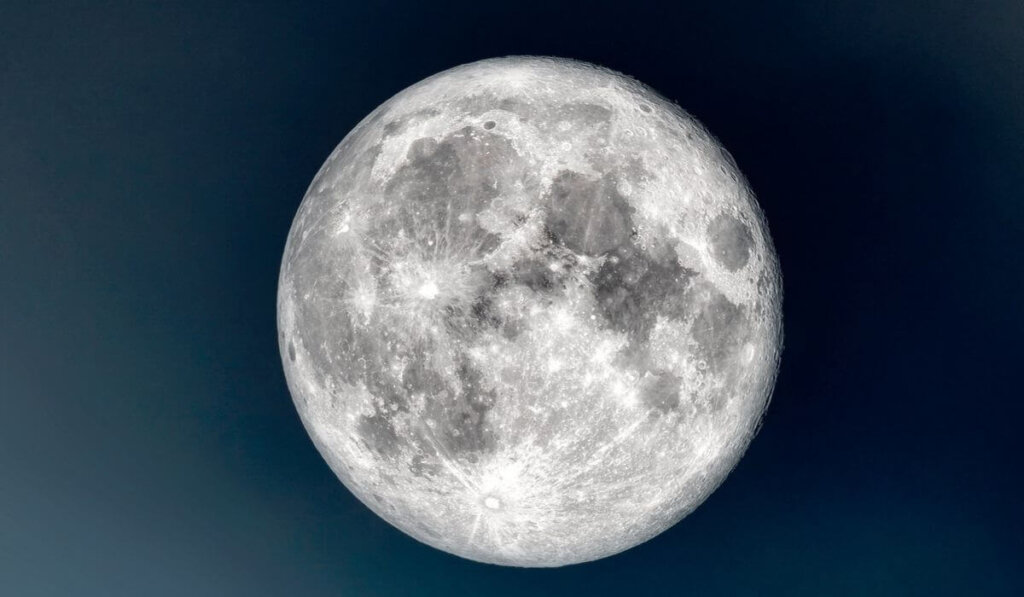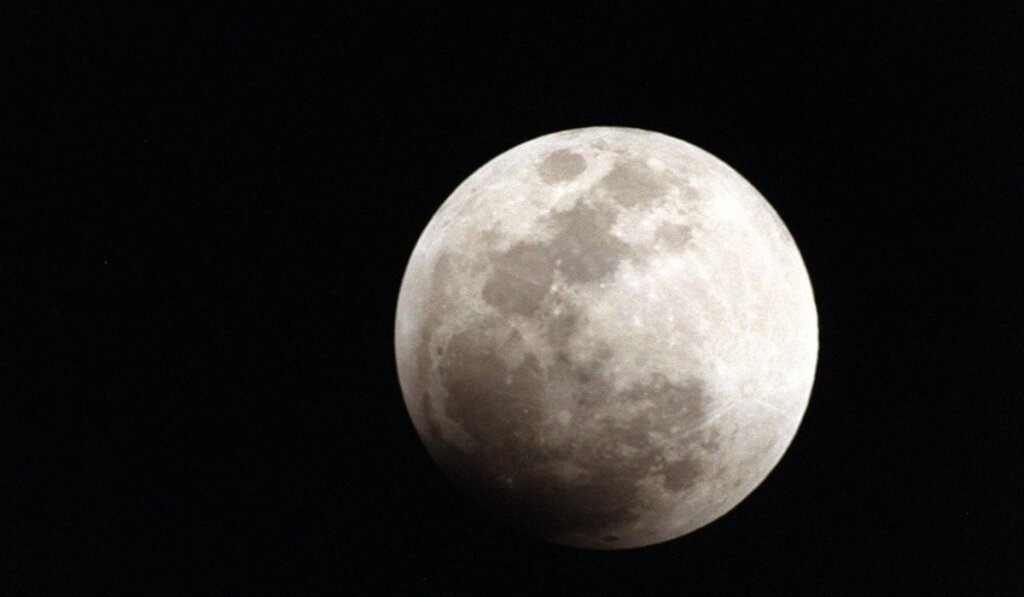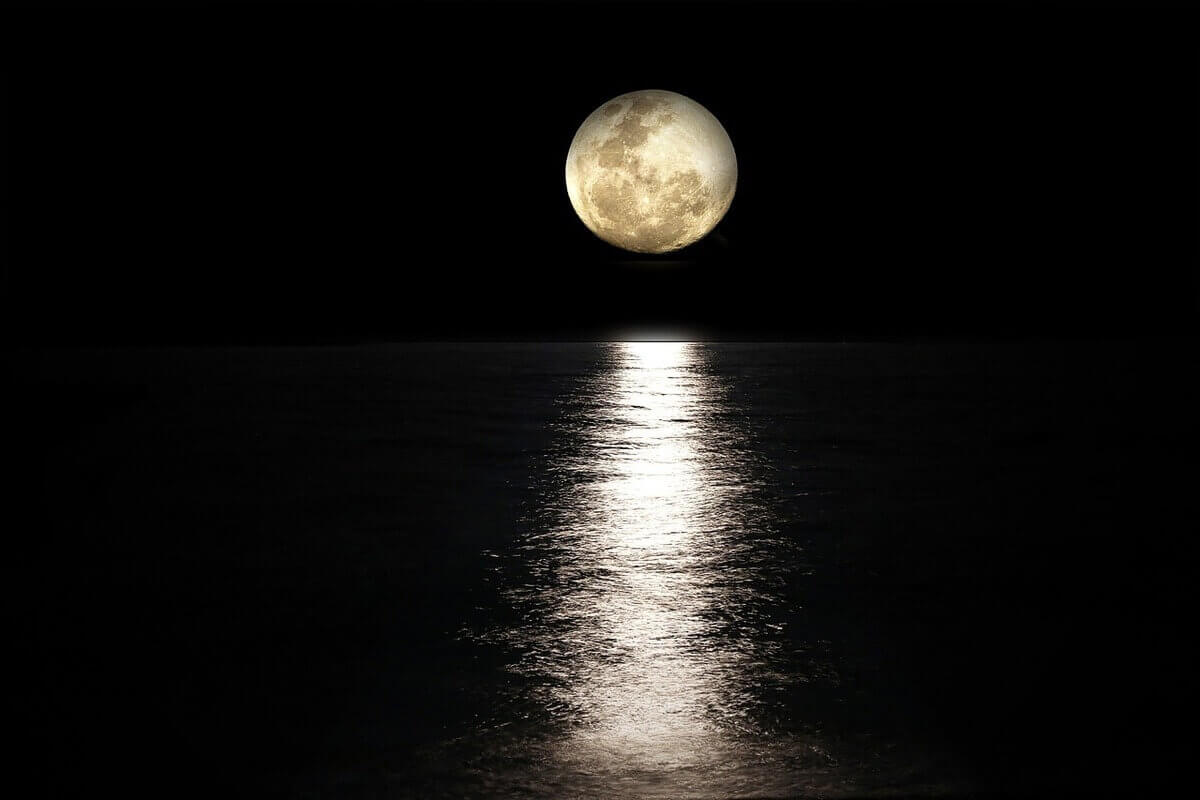Do you ever look up at the night sky and wonder how the Moon manages to shine so brightly? The sky looks completely dark except for that one big, bright celestial object (and some stars, of course).
A glowing, bright Moon is instantly recognizable in the sky at night, especially when it’s a full Moon. It’s something we’ve all been looking at for our entire lives, something to notice and remark upon, but how does it work?
What makes the Moon look so bright? How does it manage to glow at night when everything else around it is dark? Does this mean the Moon is emitting its own light? These questions have perplexed humans for many lifetimes, but we now have the answers.
Let’s talk about what makes the Moon glow/shine, how the Moon is illuminated, and what the Sun has to do with all of this.
Does The Moon Have Its Own Light?
The Moon does not emit its own light.
The Moon doesn’t have its own visible light source. The Moon reflects light, and that’s what makes it look like the Moon is glowing in the sky. To emit light would mean that the Moon is discharging light that it produced itself, like a lightbulb does (or like the Sun). This isn’t what happens to give the Moon its light, but we’ll explain why the Moon shines so bright in just a moment.
The sky is filled with things that either emit light or reflect light. Stars, for example, emit light via nuclear fusion. Stars are mostly made from hydrogen and helium (the hydrogen converts into helium), which creates a nuclear reaction that results in light and heat that can be seen from thousands of light years away.
However, The Moon Does Emit Infrared Light…
To be more technical about it, the Moon does emit some amount of infrared light, but that’s not what makes it shine when we look up at it. When you look at the Moon, you’re seeing the reflection of light from the Sun, not the infrared light that the Moon emits itself.
How Is The Moon Illuminated?
The Moon is illuminated by reflecting the light that’s emitted by the Sun.
When you see the Moon shining brightly in the night sky, what you’re actually seeing are the parts of the Moon’s surface that are facing the Sun, in relation to the Earth’s location at the time.
The Earth’s Moon orbits around our home planet on a cycle that lasts 27.3 days (29 days and 12 hours from New Moon to New Moon). You’re able to witness each of the 8 moon phases during the aforementioned cycle, and they look different because of where the light is hitting them.
The phases of the Moon are:
- New Moon
- Waxing crescent
- First quarter
- Waxing gibbous
- Full Moon
- Waning gibbous
- Third quarter
- Waning crescent

The Moon’s phase determines how much of it you’ll be able to see, from a barely-visible New Moon with the sun shining on the opposite side that we’re able to observe from Earth, all the way to a Full Moon when our view of the Moon’s surface is fully illuminated.
The full Moon is probably the most satisfying to see, since you’re able to witness it in all its glory and it’s the easiest to view with our bare eyes. But as long as the sky is clear enough, you can usually get a great view of our Moon.
The new Moon is the most difficult to see because the sun is hitting the far side of the Moon, in other words the side that isn’t facing the earth.
How The Sun Emits Light Onto The Moon
Like the many individual stars in the sky, the Sun’s energy (light and heat) is created by nuclear fusion. This process happens when hydrogen atoms combine to create helium atoms. The hydrogen atoms collide at an incredible velocity, and this process generates the reaction that powers the sun.

That light energy shines onto the Moon, and is reflected into our atmosphere by the Moon’s surface, making it visible to the human eye.
The Moon Isn’t as Bright As It Seems
When everything is dark in the night sky, the Moon looks incredibly bright. However, this is a bit of a trick that our eyes play on us, because the Moon isn’t actually that bright (relatively speaking).
When you think about how powerful the Sun’s light is, and how the Moon is made from stuff that’s relatively poor at reflecting light, it’s more a testament to how bright and powerful the Sun is (along with some optical illusions), rather than the Moon being particularly great at reflecting the Sun’s light to meet our eyes.
The Moon only reflects a small portion of the light that hits it. It’s estimated that somewhere between 3-12% of the sunlight hitting the Moon is actually being reflected and visible to us.
A Real-Life Example of Reflection
To think of this in an incredibly simplified way, imagine shining a flashlight into a mirror. Most of the light is reflected by the mirror. A mirror can typically reflect anywhere from 85-99% of the light that hits it (with some speciality “perfect mirrors” being able to hit even higher numbers than that).
Now, imagine pointing that same flashlight at a pile of sand, dirt, and rocks. It’s going to be much, much less reflective than a mirror.
If the Moon was more reflective than 3-12%, just imagine how bright and powerful it would be reflecting the light of the Sun towards us. Think about how bright the Sun makes the sky, now imagine a good portion of that much light being reflected off of the Moon at night time.
Types of Reflectivity: Which One Does The Moon Use?
Note: After using the mirror example above, it’s worth pointing out that there are different types of reflectivity. They are called specular reflectivity and diffuse reflectivity.
When you’re looking at light reflecting from a mirror, you’re seeing specular reflectivity. The Moon, on the other hand, uses diffuse reflectivity. So, it’s not a perfect 1:1 comparison when talking about reflectivity from a mirror versus that of the Moon, it’s just to help illustrate the difference in how much light either object is able to reflect.
The fact that the Moon is so close to us also makes it appear brighter than it is. It’s a lot closer to us than many objects floating around in space.
In Closing, The Earth’s Atmosphere Also Plays a Role
We’ve covered the fact that the Moon doesn’t emit light (except for infrared light that we can’t see), and that the brightness of the Moon is due to a diffused reflection of the Sun’s light. We also briefly covered the process of nuclear fusion in the Sun.
Finally, there’s one more element to the way the Moon looks, and that’s our atmosphere here on Earth. During a lunar eclipse, for example, the sun’s light that’s hitting the Moon is passing through our atmosphere.

Earth’s atmosphere acts as a filter of sorts and scatters the blue light that normally helps the Moon appear a bright whitish color. This leaves a greater amount of red light, making the Moon look like it’s glowing red or orange.

